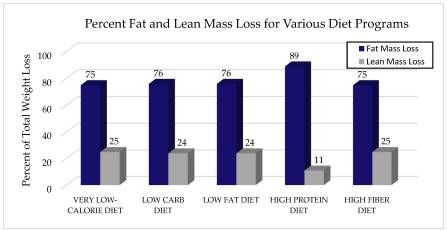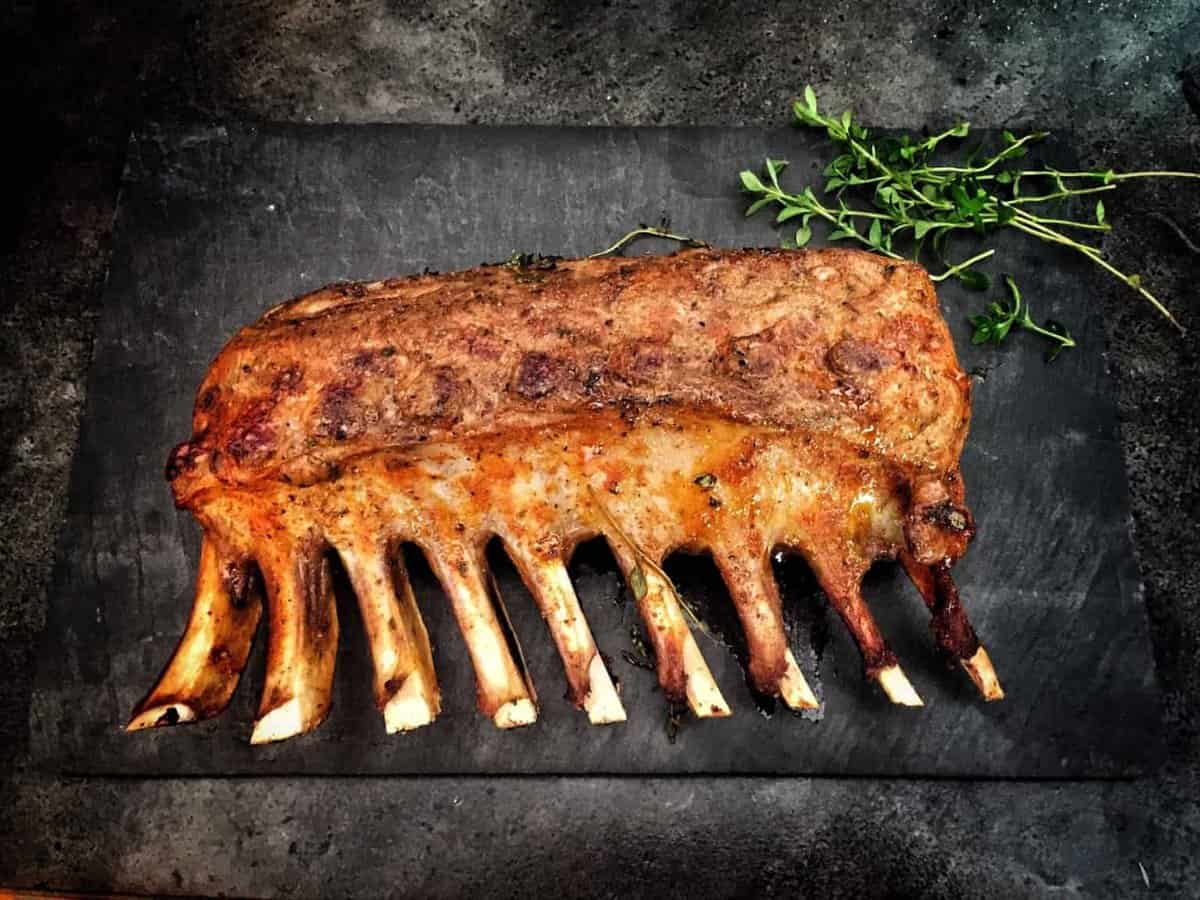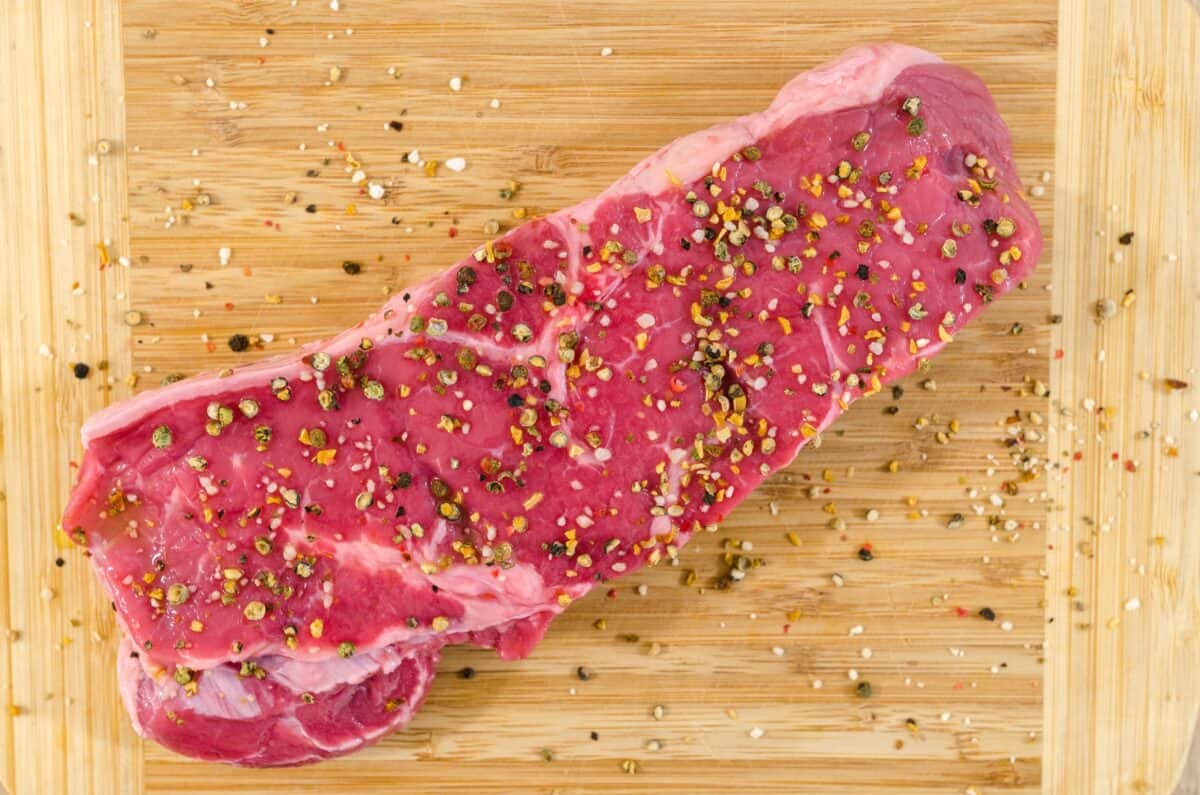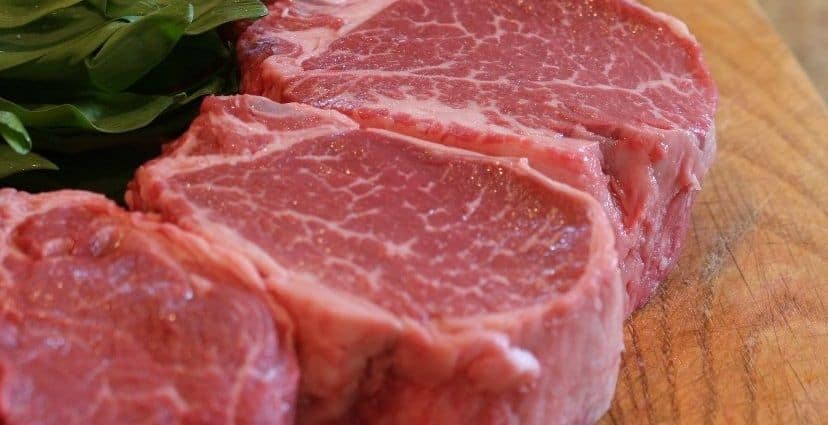The carnivore diet is increasingly gaining momentum and popularity within the field of nutrition.
However, it is important to be well-informed about its possible benefits and risks because it is a highly restrictive diet. In this article, we will try to see the possible benefits and risks presented by the carnivore diet, and with what objectives it could be carried out.
What is the carnivore diet?
The carnivore diet is a very restrictive diet as it excludes all types of fruits, vegetables, seeds, legumes, tubers, and cereals from the diet.
In such a way that only meat, fish (both white and blue), eggs, dairy derivatives such as cheese (semi-cured and cured), and internal organs or “offal” (kidneys, liver, intestines, etc.) are included.
There are more exclusive versions of the carnivore diet that also eliminate dairy, eggs, or even fish, limiting intake solely to the consumption of meat.
As can be seen, the carnivore diet is a diet in which carbohydrate intake is minimal.
Hence, it is also known as the “Zero carb diet” or “zero carbohydrate diet” because the included foods have minimal amounts of carbohydrates.
What are its benefits?
The first thing we need to know is that the carnivore diet is a little-studied diet, although there are some professionals who defend it, such as Dr. Shawn Baker, who shares success stories among other things on his website.
It is based more on hypotheses than on studies that confirm its effectiveness or benefits in different contexts.
It eliminates ultra-processed products. Thanks to the exclusion of a large number of food groups and foods, it indirectly eliminates a large part of unhealthy ultra-processed products such as refined cereals, sugars, pastries, etc.
The carnivore diet helps to lose weight as it is a very high-protein diet. Protein is considered the most satiating macronutrient, which helps keep us from overeating and eating too much (1).
Thanks to the high protein consumption, if it is also accompanied by strength physical exercise, the loss of muscle mass will be less, which helps make weight loss more effective.
That is, there will be a greater loss of fat with minimal or very low losses of muscle mass, which translates into better health and a lower probability of having a rebound effect after weight loss (2,3)

Also, being a diet with minimal carbohydrate consumption, it presents a physiological situation similar to the ketogenic diet with the benefits attributed to it, although studies on the carnivore diet are yet to be investigated.
Possible improvement in mental health (4). A recent systematic review of studies investigated the relationship between people who consume meat and those who do not with the mental health they presented.
It has been observed that those who avoid meat consumption have a higher risk of depression, anxiety, and/or self-destructive behaviors.
However, the mechanisms that could explain these results are not known, so more evidence is needed to establish a causal relationship.
What can be eaten on the carnivore diet?
The foods included are beef, chicken, pork, lamb, turkey, offal, salmon, sardines, white fish, and small amounts of cream and cured cheese.
The Carnivore Diet includes only animal products and excludes all other foods.
Specifically, someone on the carnivore diet can eat:
- Meat: beef, chicken, turkey, offal, lamb, pork, etc.
- Fish: salmon, mackerel, sardines, crab, lobster, tilapia, herring, etc.
- Other animal products: eggs, lard, bone marrow, bone broth, etc.
- Low-lactose dairy (in small amounts): heavy cream, hard cheese, butter, etc.
- Water.
The carnivore diet does not include refined carbohydrates or sugary foods, which can raise blood sugar levels. Still, it is not necessary to completely avoid carbohydrates to control your blood sugar level.
What are its risks?
The main risk presented by the carnivore diet is the exclusion of food groups that provide a large amount of nutrients and bioactive compounds that are not provided through the foods included in this diet.
The exclusion of food groups such as fruit or vegetables is not justified except in specific cases where there is a pathology, disease, or allergy that prevents their consumption.
Although meat, eggs, and fish are foods with a high amount of nutrients, they are still deficient in other nutrients such as vitamin C, folates, or magnesium, in addition to not containing other beneficial compounds such as soluble fiber or bioactive compounds that help maintain better health.
Furthermore, the carnivore diet does not exclude processed meats, which are associated with an increased risk of cancer, specifically colon cancer.
According to the IARC (International Agency for Research on Cancer), processed meat is classified in group 1, meaning it is considered carcinogenic to humans (5).
Regarding the consumption of red meat, there is less evidence than with processed meat, although there is also a tendency to see that it increases the risk of cancer.
In fact, there are studies that question the recommendations regarding red meat intake, describing how many of the studies that observe that meat is harmful have many limitations and that, moreover, they justify it by showing only those studies that observe the results they want to see (6,7).
They have a great environmental impact. Currently, it is undeniable not to think that meat consumption has a significant impact on the environment.
A greater amount of resources (water, land, fertilizers for the land…) is needed for meat production than for the production of other foods such as legumes, vegetables, fruits, etc. (8).

Conclusions
The carnivore diet is a diet that is gaining momentum, however, there are still many unknowns about its implications for health. Given the great restriction of foods, it is not a diet that can be maintained in the long term.
Moreover, scientific research on this nutritional strategy is very limited, so it would be of interest to conduct controlled studies in which its potential use in different contexts can be investigated.
Therefore, currently, there is not enough information to make recommendations, so caution must be exercised.
Bibliography
- Alexander, D. D., & Cushing, C. A. (2011). Red meat and colorectal cancer: A critical summary of prospective epidemiologic studies. Obesity Reviews, Vol. 12. https://doi.org/10.1111/j.1467-789X.2010.00785.x
- Dobersek, U., Wy, G., Adkins, J., Altmeyer, S., Krout, K., Lavie, C. J., & Archer, E. (2020, April 20). Meat and mental health: a systematic review of meat abstention and depression, anxiety, and related phenomena. Critical Reviews in Food Science and Nutrition, pp. 1-14. https://doi.org/10.1080/10408398.2020.1741505
- Leroy, F., & Cofnas, N. (2019). Should dietary guidelines recommend low red meat intake? Critical Reviews in Food Science and Nutrition. https://doi.org/10.1080/10408398.2019.1657063
- Lippi, G., Mattiuzzi, C., & Cervellin, G. (2016, January 1). Meat consumption and cancer risk: A critical review of published meta-analyses. Critical Reviews in Oncology/Hematology, Vol. 97, pp. 1-14. https://doi.org/10.1016/j.critrevonc.2015.11.008
- Longland, T. M., Oikawa, S. Y., Mitchell, C. J., DeVries, M. C., & Phillips, S. M. (2016). Higher compared with lower dietary protein during an energy deficit combined with intense exercise promotes greater lean mass gain and fat mass loss: A randomized trial. American Journal of Clinical Nutrition, 103(3), 738-746. https://doi.org/10.3945/ajcn.115.119339
- Sabaté, J., Sranacharoenpong, K., Harwatt, H., Wien, M., & Soret, S. (2015). The environmental cost of protein food choices. Public Health Nutrition, 18(11), 2067-2073. https://doi.org/10.1017/S1368980014002377
- Veldhorst, M., Smeets, A., Soenen, S., Hochstenbach-Waelen, A., Hursel, R., Diepvens, K., … Westerterp-Plantenga, M. (2008, May 23). Protein-induced satiety: Effects and mechanisms of different proteins. Physiology and Behavior, Vol. 94, pp. 300-307. https://doi.org/10.1016/j.physbeh.2008.01.003
- Willoughby, D., Hewlings, S., & Kalman, D. (2018, December 1). Body composition changes in weight loss: Strategies and supplementation for maintaining lean body mass, a brief review. Nutrients, Vol. 10. https://doi.org/10.3390/nu10121876



